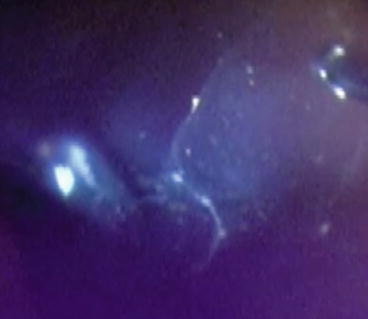(1)
St. Johns, FL, USA
(2)
Helen Keller Foundation for Research and Education, International Society of Ocular Trauma, Birmingham, AL, USA
(3)
Consultant and Vitreoretinal Surgeon, Milos Eye Hospital, Belgrade, Serbia
(4)
Consultant and Vitreoretinal Surgeon, Zagórskiego Eye Hospital, Cracow, Poland
53.1 General Considerations
PVR is “public enemy #1” for the VR surgeon, the most common cause of failure in RD surgery and a potential threat after every vitrectomy, irrespective of its indication. Inflammation involving the posterior segment and VH (see Chaps. 61 and 62) are among the risk factors for PVR development.
Q&A
Q
How can the VR surgeon explain PVR as the cause of the surgery’s failure?
A
PVR is not the surgeon’s fault; it is a normal scar-formation reaction by the body. The scar is useful and necessary to heal a skin wound but highly undesired inside the eyeball. Whether it develops is due neither to the surgeon nor can it be influenced by the patient (lifestyle, food intake, environment). Hormonal factors determine it, and even these can change with time in the same individual or have a different risk in the two eyes (i.e., just because it occurred in one eye, it does not mean the fellow eye will react similarly and vice versa).
An eye with an RD is at elevated PVR risk if the vitreous is full of pigments (PVR A; see Fig. 53.1). This is a more ominous sign than having a retinal tear with an inverted flap (PVR B).

Fig. 53.1
Pigment in the vitreous in an eye with PVR. The presence of pigment clumps seen at the slit lamp (shown here intraoperatively) should raise the suspicion that an RD or at least a retinal break has occurred. This finding (called Shafer’s sign) is also important because it raises the risk of postoperative PVR development (See the text for more details)
PVR in an eye with chronic RD has a somewhat restrained rate of progression.
PVR may develop following (due to) surgery. Such a PVR may have a moderate rate of progression but may also be very aggressive.
PVR developing after trauma typically shows the most aggressive form of the disease, especially in the young (see Chap. 41).
53.1.1 The Timing of Surgery
PVR has a life cycle, typically considered to be ~3 months. If surgery for an ongoing PVR is performed before this “deadline” passes, the PVR process may continue unabated. This raises a difficult issue regarding timing: operate despite this known risk or follow the general rule in PPV and operate early?
Delaying the operation is technically beneficial because you will then deal with membranes that are visible and mature. Conversely, there is a risk that the macula will be involved in the process, with permanent visual loss.
Stay updated, free articles. Join our Telegram channel

Full access? Get Clinical Tree


